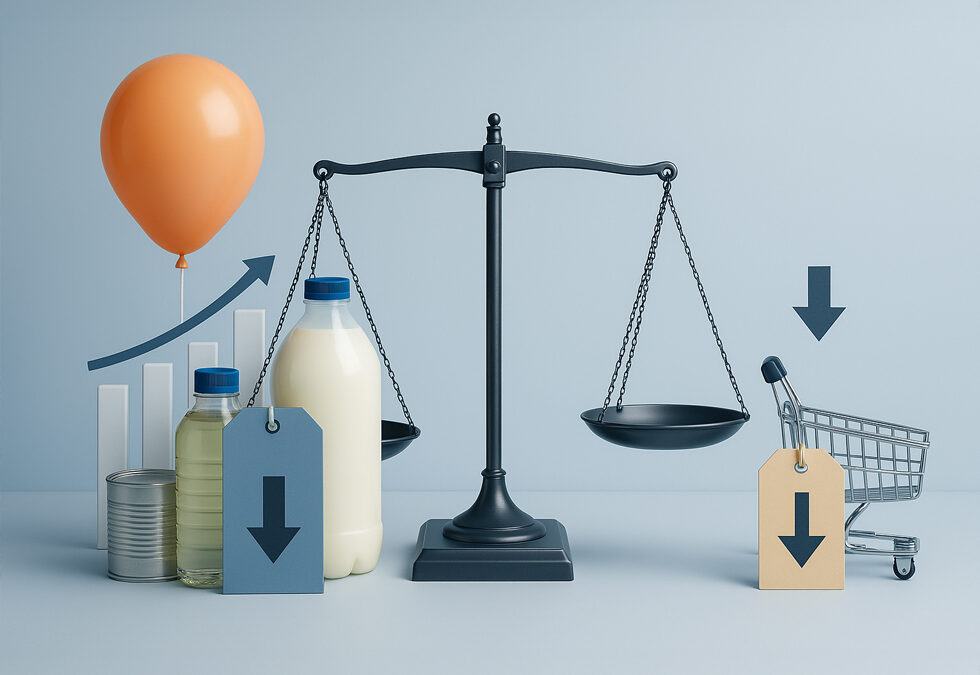When governments impose tariffs — taxes on imported goods — it sparks debate among economists and businesses alike. One question comes up time and time again: Are tariffs inflationary or deflationary?
The short answer? Tariffs are generally inflationary. But as with most economic policies, the broader effects depend on the context and how long the tariffs stay in place.
What Are Tariffs?
A tariff is a tax imposed on imports (and sometimes exports) to:
- Protect domestic industries
- Reduce reliance on foreign goods
- Raise government revenue
- Gain leverage in trade negotiations
Tariffs often start as economic tools — but they can quickly spill into politics, nationalism, and even military tension.
Why Tariffs Are Inflationary
In most cases, tariffs result in higher prices for businesses and consumers. Here’s why:
1. Higher Import Costs
Tariffs directly raise the price of foreign goods. Importers usually pass this cost down the chain — all the way to consumers.
2. Supply Chain Pressure
Tariffs on components or raw materials (like semiconductors or steel) disrupt manufacturing and raise production costs.
3. Limited Competition
With fewer affordable import options, domestic producers face less pricing pressure — which can reduce price competitiveness and raise inflation.
Can Tariffs Be Deflationary?
Tariffs could be deflationary under certain rare conditions:
- Suppressed demand: If tariffs make goods too expensive, people buy less, slowing down the economy.
- Business uncertainty: Companies delay investment and hiring, lowering wages and consumer spending.
- Global trade slowdown: If enough countries impose tariffs, global growth slows, affecting commodity prices and demand.
These effects, however, are more about broader economic stress than the tariffs themselves.
How Tariffs Affect Businesses
For SMEs and larger enterprises, tariffs can have a direct and painful impact:
- 🛠️ Higher costs of raw materials and components
- 📉 Reduced profit margins if costs can’t be passed on
- 📦 Inventory delays due to supply chain rerouting
- 💼 Increased financing needs to manage higher upfront costs
- 🌍 Need to diversify suppliers, often at higher short-term cost
Tariffs can also shift entire industries. For example, electronics manufacturers might relocate from China to Vietnam or India — not because it’s cheaper, but to avoid U.S. tariffs.
A Warning from History: Tariffs and Global Conflict
Tariffs aren’t just about economics. Historically, prolonged tariff wars have worsened geopolitical tensions — even leading to full-blown conflict.
The Case of World War II:
- The U.S. Smoot-Hawley Tariff Act (1930) raised tariffs on over 20,000 goods. Other countries retaliated.
- Global trade collapsed during the Great Depression.
- Protectionism hardened national rivalries.
- The economic isolation and resentment it created helped fuel extremism and global instability — eventually contributing to World War II.
While today’s world is different, the lessons remain relevant: Economic pressure tactics can trigger unintended consequences, especially when layered over political distrust.
Conclusion: Inflation Today, Risk Tomorrow
Tariffs are mostly inflationary in the short to medium term. But their long-term impact can be far more dangerous — to businesses, economies, and even global peace.
As a business owner or policymaker, it’s crucial to:
- Monitor global trade developments
- Stay flexible with sourcing and pricing
- Understand that economics doesn’t exist in a vacuum — it shapes, and is shaped by, geopolitics
Tariffs may start as financial policy — but history shows they can shape the fate of nations.

